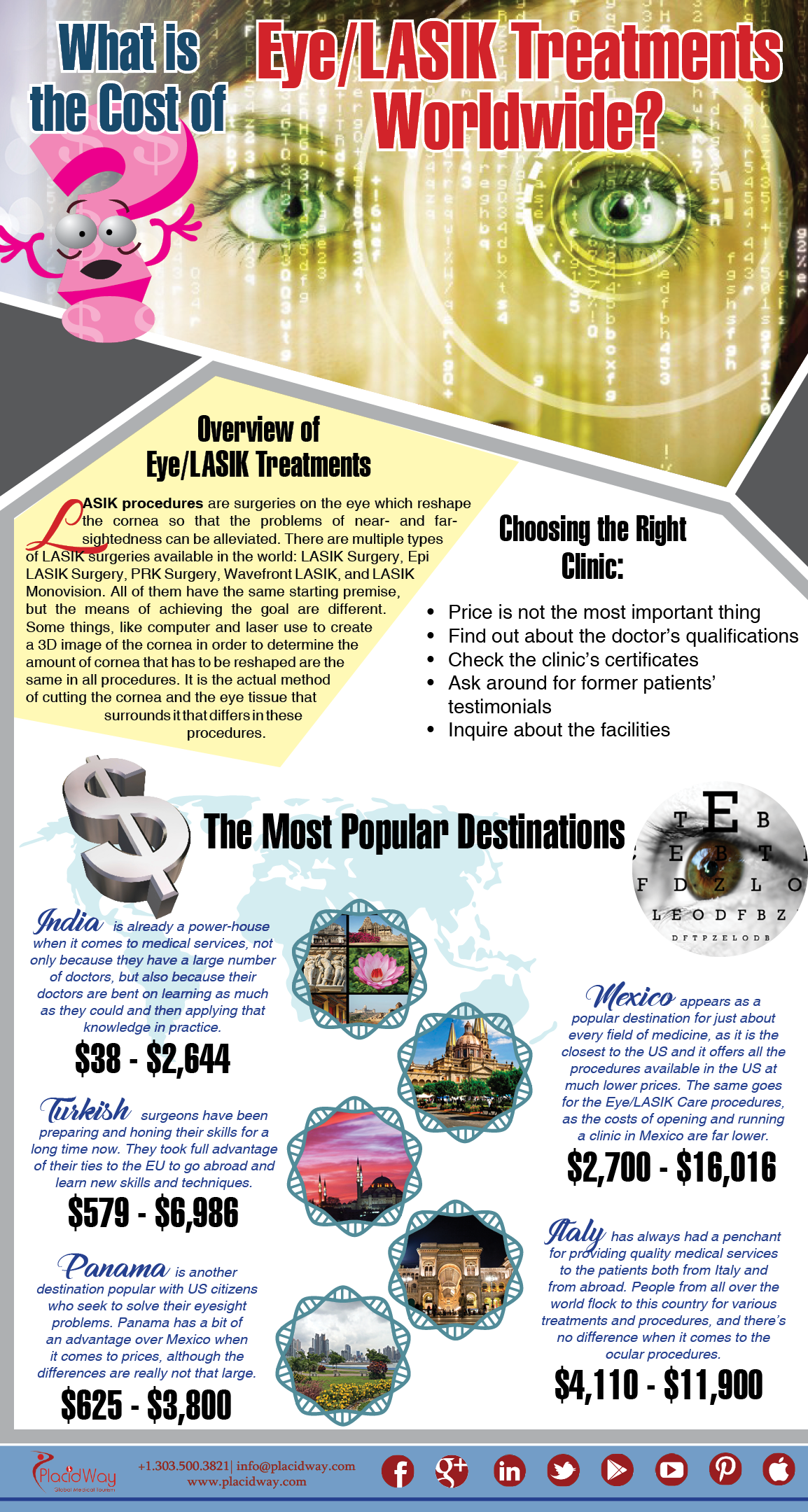Modern Innovations In Eye Care: What Providers Must Be Given By Your Ophthalmology Facility
Modern Innovations In Eye Care: What Providers Must Be Given By Your Ophthalmology Facility
Blog Article
Produced By-McBride Bjerg
In today's affordable healthcare landscape, your ophthalmology facility should remain ahead by accepting the current technologies in eye treatment. Advanced diagnostic modern technologies like OCT can transform exactly how you discover problems early, while minimally invasive surgical methods can boost person experiences and end results. But it doesn't quit there. Personalized treatment strategies are coming to be important for effective care. What Nearsighted Management Omaha should you take into consideration to truly elevate your practice?
Advanced Diagnostic Technologies
As eye treatment continues to progress, progressed analysis technologies are changing how you keep track of and treat vision issues.
With tools like optical comprehensibility tomography (OCT), you can currently see in-depth photos of the eye's structure, enabling earlier detection of problems like glaucoma and macular degeneration.
Automated visual field testing aids you analyze field of vision much more precisely, while digital imaging systems improve the procedure of monitoring adjustments over time.
These advancements not just improve the accuracy of your medical diagnosis but likewise boost your treatment options.
By embracing these technologies, you can ensure complete examinations and customized treatment plans, inevitably causing better end results for your individuals.
Keep educated and buy these innovations to keep your practice at the leading edge of eye treatment.
Minimally Intrusive Surgical Techniques
While standard medical techniques frequently entail substantial recuperation times and risks, minimally invasive surgical methods are reinventing eye care by providing safer, quicker options.
These strategies, such as small-incision cataract surgical procedure and laser-assisted treatments, decrease injury to the eye and surrounding tissues. You'll gain from much shorter recuperation durations and much less postoperative pain, allowing you to return to your day-to-day activities earlier.
Additionally, these techniques usually lower the danger of difficulties and improve general surgical outcomes. With developments in innovation, your ophthalmology facility can supply these cutting-edge solutions, boosting patient complete satisfaction and outcomes.
Accepting minimally invasive strategies not just raises your method however likewise makes certain that your patients get the best feasible treatment tailored to their demands.
Personalized Person Treatment and Treatment Plans
In a period where one-size-fits-all strategies are becoming outdated, tailored client care and treatment strategies are at the forefront of eye treatment advancement. You are worthy of customized services that address your distinct needs, choices, and case history.
By leveraging sophisticated analysis tools and genetic screening, your ophthalmology center can produce tailored therapy methods that maximize your aesthetic wellness. https://notes.io/wJFyp but likewise improves end results.
Normal follow-ups enable changes to your strategy based upon your development and any emerging demands. Embracing tailored care implies you're actively associated with your treatment trip, making certain that the solutions you receive straighten perfectly with your lifestyle and objectives.
Take advantage of this dynamic shift in eye care today!
Final thought
Including advancements in eye care is crucial for your ophthalmology clinic's success. By embracing sophisticated analysis modern technologies, minimally invasive surgical methods, and individualized treatment plans, you can considerably enhance patient results and satisfaction. Eye Exam Cost enhance security and healing times but also construct trust with your people. Remaining upgraded with these innovations makes sure that you supply the highest requirement of treatment, ultimately setting your clinic apart as a leader in the field of ophthalmology.
